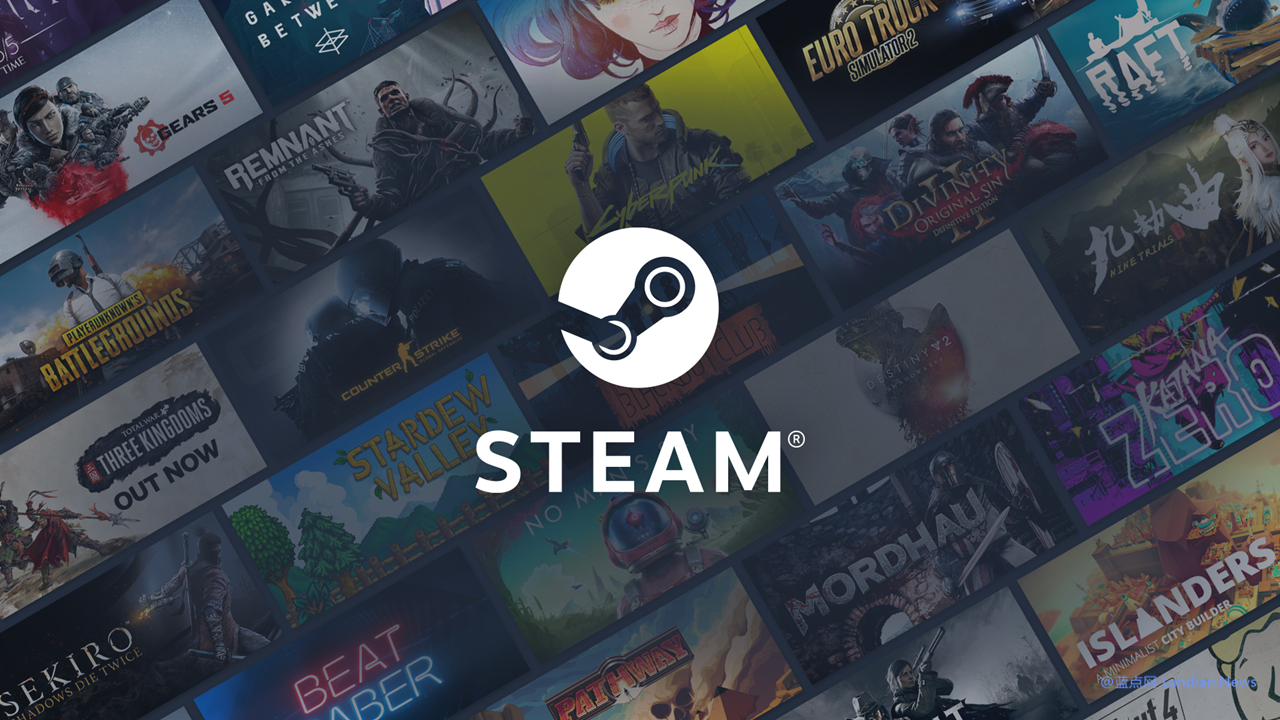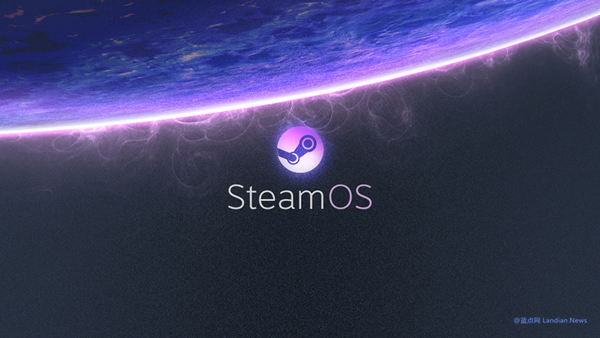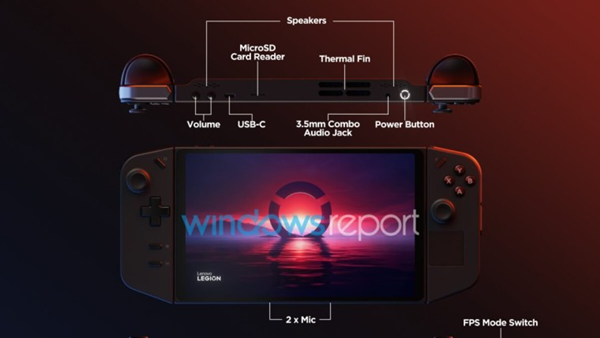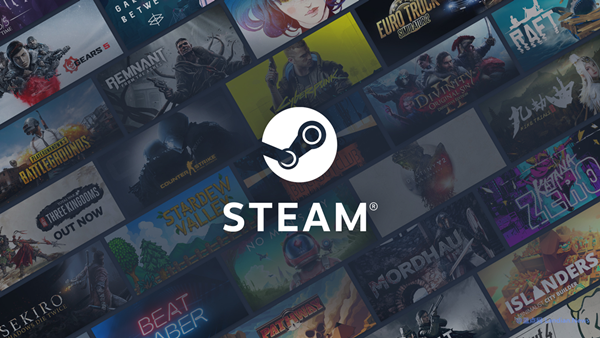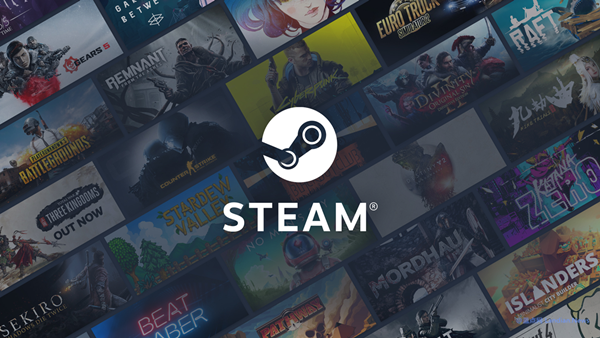Valve's Impressive Performance: A Deep Dive into its Revenue and Staff Efficiency
Valve, the private company behind the renowned gaming platform Steam, has made headlines yet again, not for its public financial disclosures—since it's not obligated to make such reports—but for a leak that sheds light on its operational efficiency and financial health. A comparison with top game developer EA, which reported a revenue of $7.5 billion in 2024 with a workforce of 13,000, highlights Valve's unique position in the industry.
Steam: The Powerhouse of Valve's Revenue:
Undoubtedly, Steam stands as Valve's cornerstone, dominating the PC gaming market since 2012 and witnessing a significant increase in game releases annually. This dominance has translated into increased revenue shares from game sales on the platform. Remarkably, despite a shrinking team—from 142 employees in 2015 to just 79 by 2021—the Steam team managed to roll out 11,000 updates in 2021 alone, showcasing an unparalleled level of efficiency.
Valve's Foray into Hardware:
Valve's hardware ambitions kicked off in 2011 with the development of Steam Machines, initially by a mere three-person team. By the time the popular gaming handheld Steam Deck hit the market in 2021, the hardware department constituted just 12% of the workforce, approximately 42 employees. This small team's ability to deliver a highly sought-after product speaks volumes about Valve's innovative culture and operational efficiency.
A Closer Look at Employee Compensation:
Valve's staff compensation has seen a dramatic increase, from an average of $483,000 in 2011 to $1.32 million by 2021. While these figures might seem high, considering Steam's scale and the lean team behind it, the compensation reflects the high value Valve places on its employees. Notably, this average includes significant disparities across departments, with hardware staff receiving the lowest and administrative/management personnel the highest compensation.
The Mystery of Compensation Fluctuations:
An interesting anomaly occurred in 2017 when administrative/management compensation plummeted, while other departments saw little to no change. By 2021, however, these figures rebounded to their 2017 peaks, with no significant adjustments in other roles' pay scales.
Looking Ahead:
As of 2024, the gaming world eagerly awaits updates on Valve's workforce size, average compensation, and annual revenue. Given the company's private status and the sporadic nature of leaks, it's uncertain when the next glimpse into Valve's internal workings will emerge.
Valve's story is a testament to the efficiency and profitability that can be achieved with a focused, talented team and a culture of innovation. As the gaming industry continues to evolve, Valve's strategic decisions and their implications for the broader market will remain a topic of keen interest.
